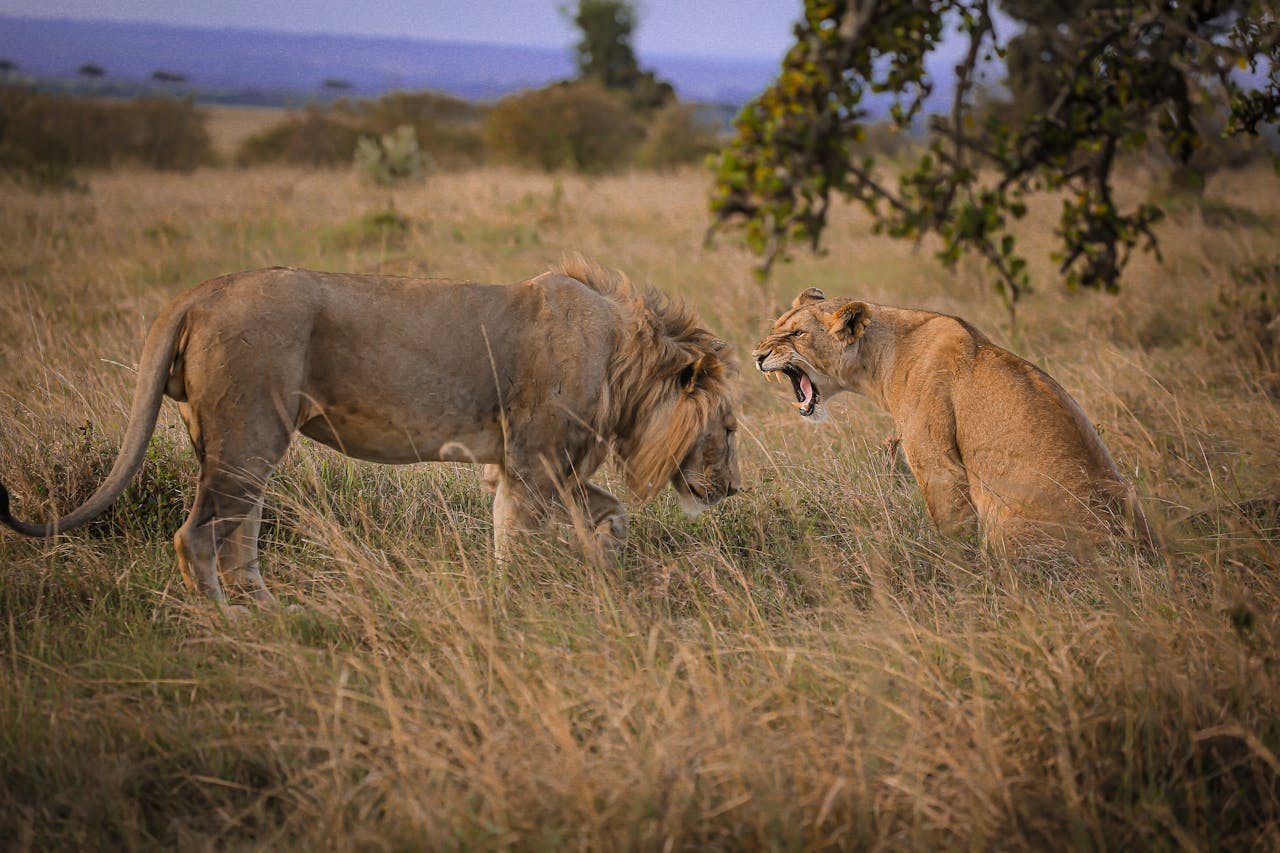African Wildlife Charities have come a long way in promoting animal preservation. A large number of these organisations leverage strategies including education initiatives, community involvement, habitat conservation, and anti-poaching campaigns.
Also, wildlife charities are known to form alliances with local governments and communities to influence the adoption of sustainable practices that safeguard wildlife and their habitats.

- The stabilisation and recovery of various species populations in Africa have been facilitated by various nonprofits.
- The Maasai Steppe Landscape conservation efforts of the African Wildlife Foundation contribute to the growth of elephant and giraffe populations.
Impacts of African Wildlife Charities
African wildlife charities have greatly contributed to global conservation efforts. In this section, we will highlight some of their efforts.
a. Increase in Wildlife Populations
The stabilisation and recovery of various species populations in Africa have been facilitated by various nonprofits. These organisations work to combat poaching, conserve habitat, and engage the community. One good example is the Maasai Steppe Landscape conservation efforts of the African Wildlife Foundation. This organisation contributes to the growth of elephant and giraffe populations, among other wildlife animals.
b. Reduction in Poaching
Secondly, African wildlife charities are known for their anti-poaching initiatives. Among such include step-up patrols, technology implementation, and community outreach which has largely contributed to the decline in illicit poaching.
The Zambezi Valley in Zimbabwe, for example, has recorded a decline in elephant poaching incidents based on the efforts of the International Anti-Poaching Foundation.
c. Preserving Habitats
African nonprofits are also at the forefront of creating and maintaining wildlife corridors and protected areas thereby preserving vital habitats for various animals. A good example is the World Wide Fund for Nature (WWF) in Tanzania’s Selous Game Reserve. Here, the organisation prioritises poaching prevention, habitat restoration, and safeguarding threatened species such as the black rhinoceros.
d. Promoting Research and Monitoring
Funding has enabled African wildlife charities to conduct research and monitor wildlife populations, behaviours, and threats. This knowledge has helped with the development of more effective conservation strategies.
For example, the African Parks Network undertakes extensive research and monitoring across their managed reserves. Primarily, this informs conservation efforts and management choices to safeguard species such as rhinos, elephants, and lions.
e. Policy Influence
Lastly, wildlife charities work with national and international authorities to enact and uphold laws protecting wildlife. Also, these organisations are at the forefront of promoting stricter conservation policies. A good example is the Wildlife Conservation Society in Gabon. The nonprofit has created national parks and marine protected areas and also influenced laws to stop the poaching of wildlife and the destruction of habitat.
Conclusion
African wildlife charities have advanced in their efforts toward animal conservation. From preserving biodiversity to safeguarding threatened species, these organisations encourage a mutually sustainable coexistence of people and wildlife. Also, wildlife charities go as far as collaborating with foreign partners to promote and raise funds for conservation projects.
Did you enjoy reading this article? Please let us know by sharing your comments and suggestions with us below this post.


